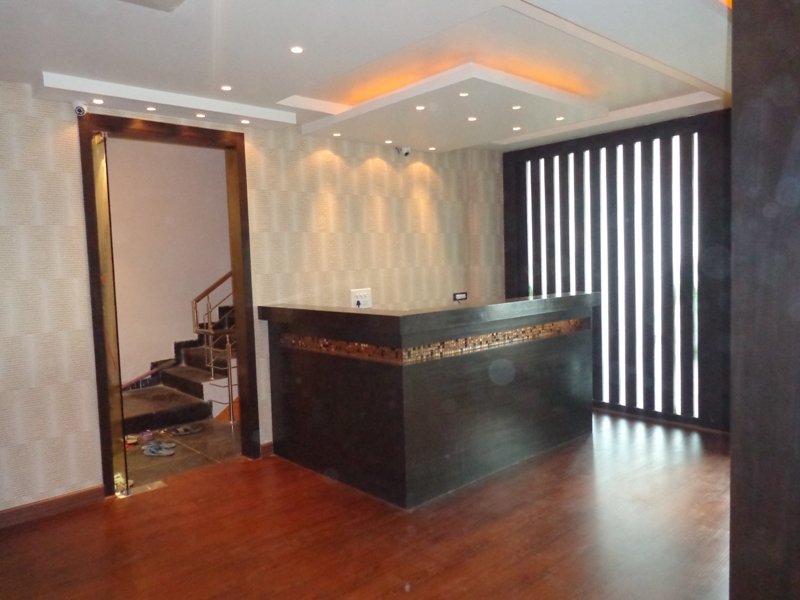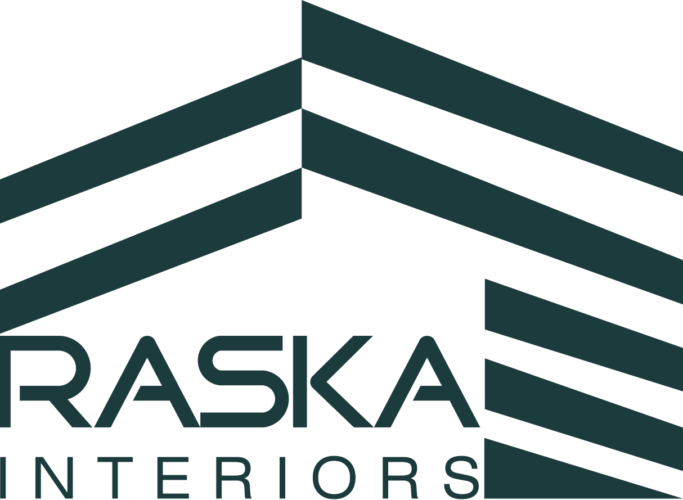Design Process of Spa
Creating a spa involves meticulous planning and attention to detail to ensure a serene and luxurious environment. Here’s an overview of the architectural and interior design process for a spa, highlighting essential keywords: Spa Design Idea, Design Process of SPA
Conceptualization and Planning
The first step in designing a spa is conceptualization. This involves understanding the target audience and the type of experience the spa aims to provide. The spa’s theme or concept will guide all subsequent design decisions. During this stage, the architect and interior designer work closely with the client to outline the spa’s vision, goals, and budget.

Site Analysis and Selection
Choosing the right location is crucial. The site analysis considers factors such as accessibility, visibility, and the natural surroundings. A site survey is conducted to understand the terrain, climate, and local regulations. This helps in determining the layout and orientation of the spa.
Space Planning and Layout
Space planning involves designing the layout to maximize functionality and flow. Key areas in a spa include the reception, waiting area, treatment rooms, wet areas (such as saunas, steam rooms, and hydrotherapy pools), changing rooms, and relaxation zones. The layout should ensure a seamless experience for clients, with a logical progression from one area to the next.
Architectural Design
The architectural design focuses on the structure and aesthetics of the spa. This includes the exterior design, building materials, and construction methods. The goal is to create a welcoming and harmonious environment that blends with the natural surroundings. Sustainability and energy efficiency are also key considerations, with the use of eco-friendly materials and green building practices.

Interior Design
The interior design of a spa plays a pivotal role in creating a calming and luxurious atmosphere. Key elements include:
- Color Scheme: Soft, neutral tones are often used to create a soothing environment. Earthy colors and natural materials like wood and stone add warmth and texture.
- Lighting: Ambient lighting is essential for setting the mood. Natural light is preferred, supplemented by soft artificial lighting. Dimmable lights and candles can enhance relaxation during treatments.
- Furniture and Fixtures: Comfortable and elegant furniture is a must. Treatment tables, lounge chairs, and seating in waiting areas should be ergonomic and aesthetically pleasing. High-quality fixtures, such as rain showers, jacuzzis, and saunas, contribute to the spa’s luxury feel.
- Textures and Materials: Incorporating a variety of textures can enhance the sensory experience. Natural materials like bamboo, marble, and cotton are popular choices for their tactile and visual appeal.
- Decor and Accessories: Minimalistic decor with carefully chosen accessories like plants, artwork, and water features can enhance the spa’s ambiance. Aromatherapy diffusers and soft background music further contribute to a relaxing atmosphere.
Technology Integration
Modern spas integrate technology to enhance the client experience. This can include smart lighting systems, automated climate control, and sound systems. Online booking systems and digital check-ins can streamline operations and improve customer service.

Compliance and Safety
Compliance with local building codes and health regulations is crucial. This includes ensuring proper ventilation, sanitation, and fire safety. The design must also accommodate accessibility for individuals with disabilities.
Project Management
Effective project management ensures the design is executed smoothly. This involves coordinating with contractors, suppliers, and other stakeholders. Regular site visits and quality control checks are essential to ensure the project stays on track and meets the desired standards.
Final Touches and Opening
Once construction and interior design are complete, the final touches are added. This includes thorough cleaning, setting up furniture and fixtures, and conducting a final inspection. A soft opening can be done to gather feedback and make any necessary adjustments before the grand opening.
Conclusion
Designing a spa is a complex process that requires a balance of functionality, aesthetics, and client comfort. By focusing on meticulous planning, innovative design, and attention to detail, designers can create a sanctuary that offers a luxurious and rejuvenating experience for all visitors.
SPA design | Spa Architect | Spa Interior Designer | Spa Contractor | High End Spa Design | Design Process of Spa
Interior | home interior design | bedroom interior design | interior designer near me | house interior design | kitchen interior design | home interior | interior decoration | living room interior design | office interior design | room interior design | modern interior design | scandinavian interior design | minimalist living room | home designer | bedroom interior| scandinavian interior | living room interior | contemporary interior design | house interior | minimalist interior design | interior decorator near me | anouska hempel | kitchen interior | art deco interior design | industrial interior design | modern home décor | scandinavian living room | bathroom interior design | best interior design | small house interior design | minimalist house design | modern house interior | interior design websites | homestyler interior design | drawing room interior design | office interior | interior architect | famous interior designers | japanese interior design | black interior house | interior design near me | restaurant interior design | lorraine kirke | bohemian interior design | interior wall design | mid-century modern interior design | rustic interior design | interior design company | eclectric interior design |

